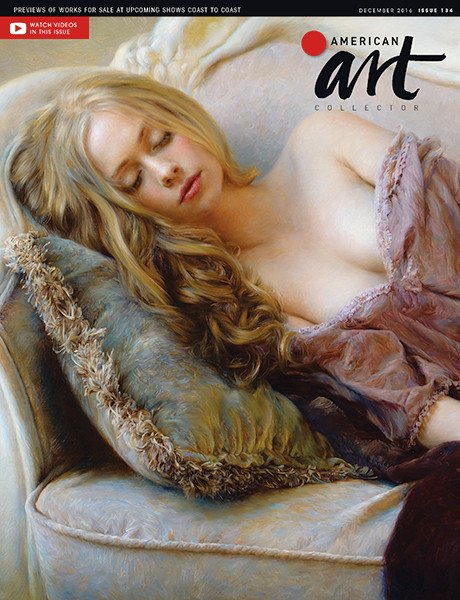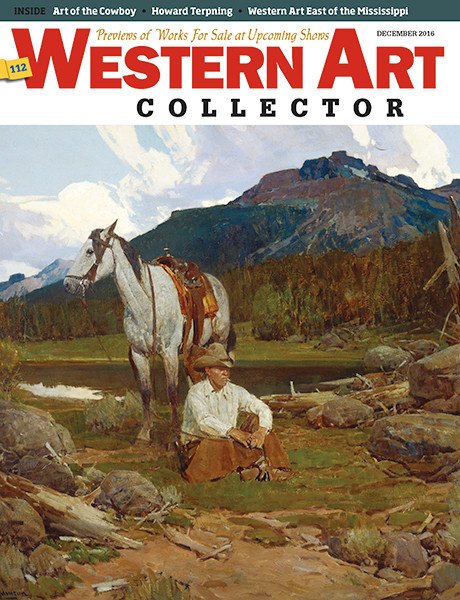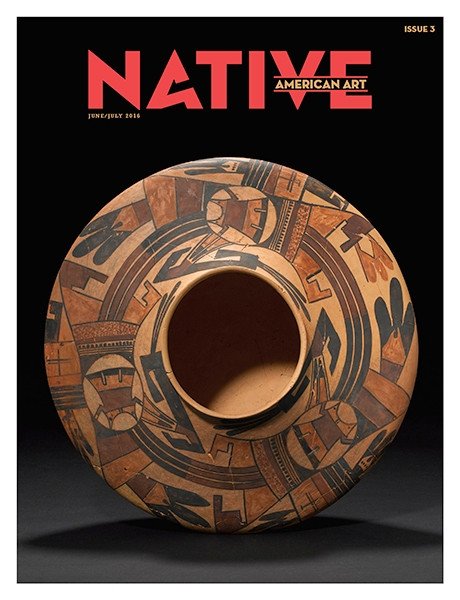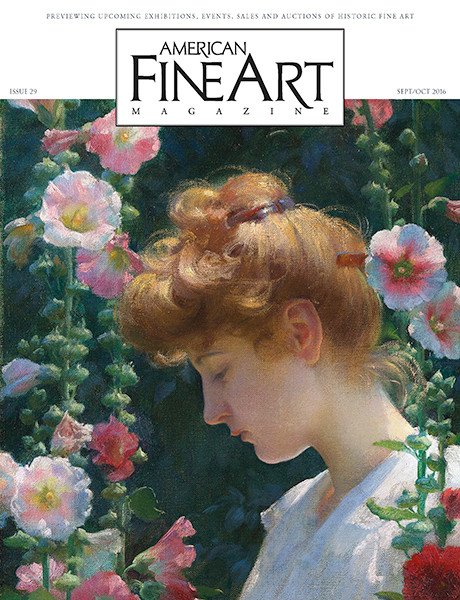My artistic passion lies in hyperrealism, a meticulous style that has continually evolved since its emergence in the 1970s. This genre transcends mere photorealism, pushing the boundaries of depiction to create a more profound artistic statement, imbuing everyday subjects with a heightened sense of reality and emotional resonance. My primary focus is on the captivating world of birds, where I strive to capture their essence beyond the physical form.

Hawai‘i ‘ō‘ō, acrylic on board, 24½ x 20¼" (62 x 51½ cm) This piece is part of a new series dedicated to showcasing the beauty of lost birds. The Hawaii O’O, a stunning yellow and black songbird once endemic to the Hawaiian Islands, tragically succumbed to extinction in the late 1800s due to a trifecta of threats: hunting, mosquito-borne disease and deforestation. Here, I pay homage to the Dutch Golden Age still-life tradition, reimagining it with a contemporary touch. Echoing those historic works, I’ve incorporated symbolic elements of mortality. The somber lighting casts long shadows, while wilting flowers add a poignant touch, inviting contemplation on the fragility of life and the loss of this magnificent bird.
Unlike a simple photograph, I don’t strive for a one-to-one copy. Instead, I almost act as a curator, carefully layering and weaving together multiple photographic references. This allows me to construct a richer, more definitive image infused with narrative, idealism and a touch of emotion. The goal is to present the bird not just as a beautiful creature but as a living, tangible being with a story.

This heightened sense of realism goes beyond the meticulous rendering of feathers and beaks. It’s about capturing the essence of the bird—the glint in its eye that speaks of intelligence, the subtle shift in posture that conveys alertness or curiosity. Every detail is crucial in creating the illusion of a more vivid reality than a single photograph.

Mallee Ringnecks, acrylic on board, 16½ x 131/3" (42 x 34 cm) This painting adds another entry to The Parrots and Cockatoos of Australia series. This is the Mallee ringneck, a beautiful parrot found across the Australian outback. Here, I envisioned a tranquil dawn scene. The birds perch on a weathered eucalypt branch, bathed in the soft light of approaching sunrise. Mallee ringnecks are known for their lifelong partnerships, so I emphasized this deep connection by positioning them close together. These birds were meticulously recreated based on my own photographs from a trip to the outback. Multiple photos of the birds were used to capture the subtle details of the two final subjects. An airbrush creates the background, achieving a seamless transition from the blue sky to the subtly blurred landscape. This technique allows the Mallee Ringnecks to shine as the stars of the piece.
My artistic toolbox consists of two primary tools: acrylic paints and professional colored pencils. The choice depends entirely on the message I want to convey and the visual style I’m aiming for. Acrylic paints come into play for intricate pieces brimming with elements and backgrounds. This medium allows for a more traditionally painted aesthetic, perfect for more complex compositions. One of my current series delves into the world of extinct birds. Here, I pay homage to the Dutch Golden Age masters like Jan Davidsz de Heem, Rembrandt and Willem Claesz Heda. Their rich compositions and masterful use of light inspire me as I recreate these vanished avian wonders. For example, I might depict a paradise parrot perched on a burnt branch, its vibrant plumage contrasting with the muted tones of a decaying perch. The fine detail of its feathers evoked a sense of wonder, tinged with a touch of melancholy for a lost species.
However, when a more illustrative style is called for, I find colored pencils on a plain background are perfect for a cleaner, lighter feel. Their vibrant hues and ability to create fine detail are ideal for portraying birds in a way reminiscent of the great historical bird illustrators like John Gould and John James Audubon. These artists’ stunning illustrations serve as a foundation for my hyperrealistic interpretations.
A simple gray or white background becomes my canvas, a minimalist stage for the bird to be the center of attention. Here, a flamboyant toucan may be the subject, with its incredibly complex plumage in a combination of color variations. The use of colored pencils allows me to capture the subtle gradations of hue and texture within each feather. The plain background eliminates distractions, forcing the viewer’s gaze to linger on the bird’s delicate beauty and the very essence of its being.

Keel-billed Toucan, colored pencil on Pastelmat, 16½ x 12¼" (42 x 31 cm) This vibrant addition to the Toucan Series celebrates the keel-billed toucan, Belize’s national bird. Renowned for its spectacular plumage, this resident of tropical jungles thrives from southern Mexico all the way to Colombia. The toucan’s most captivating feature, its enormous bill, takes center stage. This magnificent appendage can grow to over a third of the bird’s body length, making it a natural focal point. Continuing the series theme, colored pencils were chosen for their meticulous detail and textural richness. This medium, reminiscent of classic bird illustrations from the late 19th century, allows for a detailed portrayal of the keel-billed toucan’s intricate features and vibrant colors. The plain gray background further emphasizes the bird’s majesty, ensuring it remains the focus of the viewer.
Through this interplay of mediums and painstaking attention to detail, I strive to capture the essence of these feathered marvels. My birds are not mere replications—they are ambassadors from the avian world, inviting viewers to engage with their beauty, their fragility and the stories they hold within. Each bird has its own unique character, and it’s this character that I aim to bring to life through my hyperrealistic art.
My Art in the Making Paradise Parrot
This painting adds another chapter to our exploration of vanished creatures. Australia mourns the paradise parrot, perhaps its most iconic extinction. Sadly, the last confirmed sighting of this dazzling bird was in 1927. This artwork was created at the request of a client who desired a portrayal of the magnificent paradise parrot. The client envisioned a somber and evocative image, a testament to the deep sadness surrounding this beautiful bird’s disappearance. My concept revolved around presenting the parrot in a museum-like pose, positioned sideways to fully capture its dazzling plumage. The bird’s gaze would lock directly with the viewer, fostering a powerful connection. To evoke a sense of drama and emotion, I adopted a lighting style reminiscent of the Dutch Golden Age master Rembrandt van Rijn. The background’s deep reds and browns and the scorched perch symbolize the looming threat of climate change.
 Stage 1
Stage 1Stage 1 Research and Bird Reference
To render the paradise parrot’s lost beauty, extensive research was key. Recent extinction meant a wealth of references—paintings, drawings and museum photos that are crucial for capturing its accurate plumage.
 Stage 2
Stage 2Stage 2 Props Reference
The parrot’s perch is a scorched, textured and charred eucalyptus branch. To achieve this, I burned a real eucalyptus branch, photographed the results and incorporated them into the painting.
 Stage 3
Stage 3Stage 3 Rough Compositional Sketches
Drafting the scene, I experimented with poses and angles, then sketched compositions until I found one that captured my vision. Notes accompanied each sketch to guide the final painting.
 Stage 4
Stage 4Stage 4 Transferring Image and Blocking in Background
After transferring the image, I began blocking the background in acrylic paint. Thin and transparent initial layers establish the base for richer textures to come.
 Stage 5
Stage 5Stage 5 Completion of the Background
The background is built with 10 to 12 layers of varying thickness, creating rich depth and texture. I used thick undercoats followed by thin glazes of brighter colors for added vibrancy.
 Stage 6
Stage 6Stage 6 Blocking in the Bird
The bird, like the background, is built in sections. I started with thin acrylic washes using a large brush, establishing a base color close to the final tones.
 Stage 7
Stage 7Stage 7 Adding Details to the Bird
Fine brushes (some mere wisps) brought the bird to life. Layers of tiny strokes meticulously recreated feathers for a realistic effect.
 Stage 8
Stage 8Stage 8 Final Details and Other Elements
After the bird, I added delicate foliage and branches with a fine brush. I outlined each element and then built up their form and color.
 Stage 9
Stage 9Stage 9 Glazing
After adding details, I revisited areas with glazes. This technique uses a clear acrylic medium mixed with a touch of paint, which subtly blends colors for a cohesive final piece.
 Stage 10
Stage 10Stage 10 Finished artwork
Paradise Parrot, acrylic on board, 16½ x 12¼" (42 x 31 cm)





